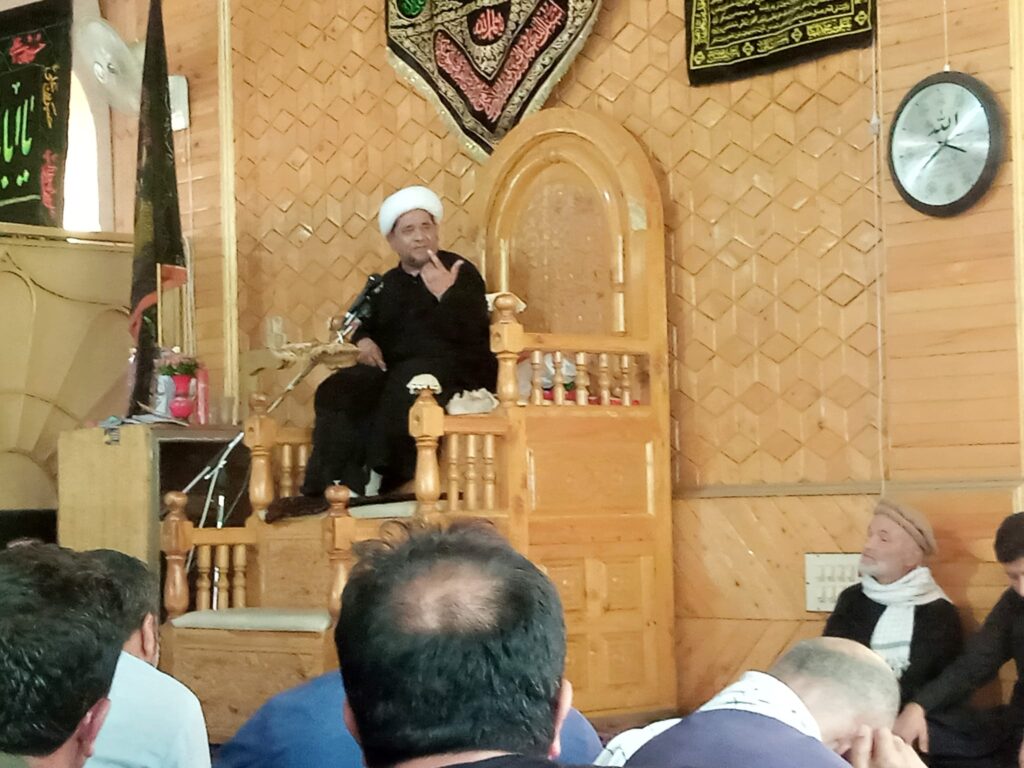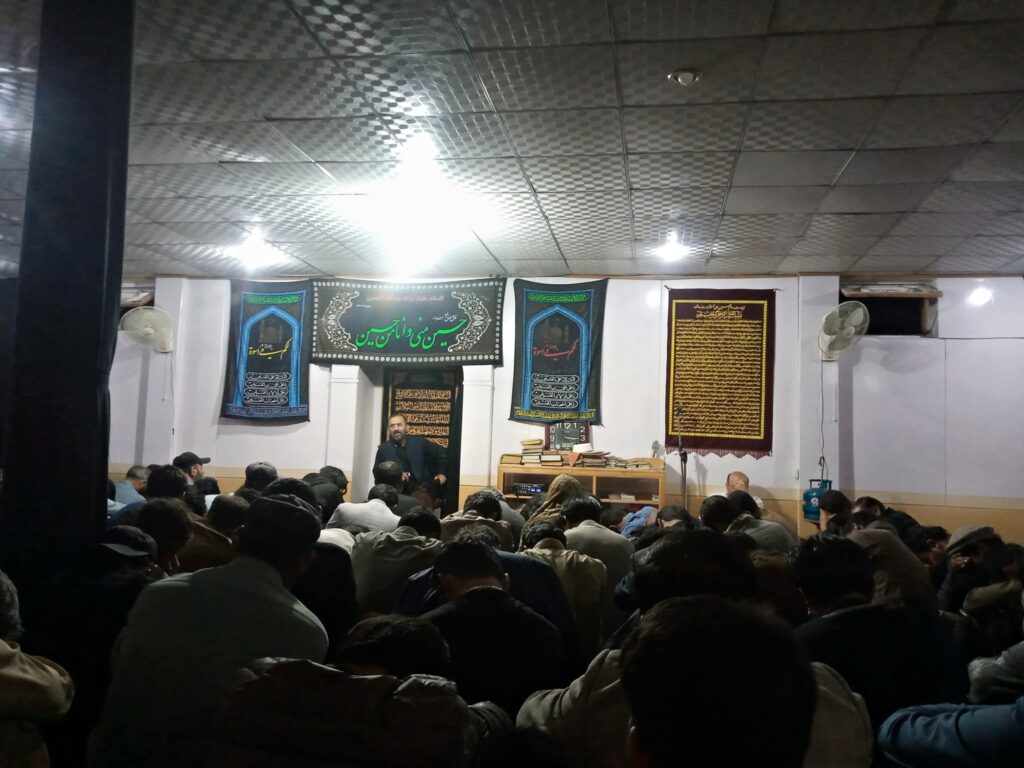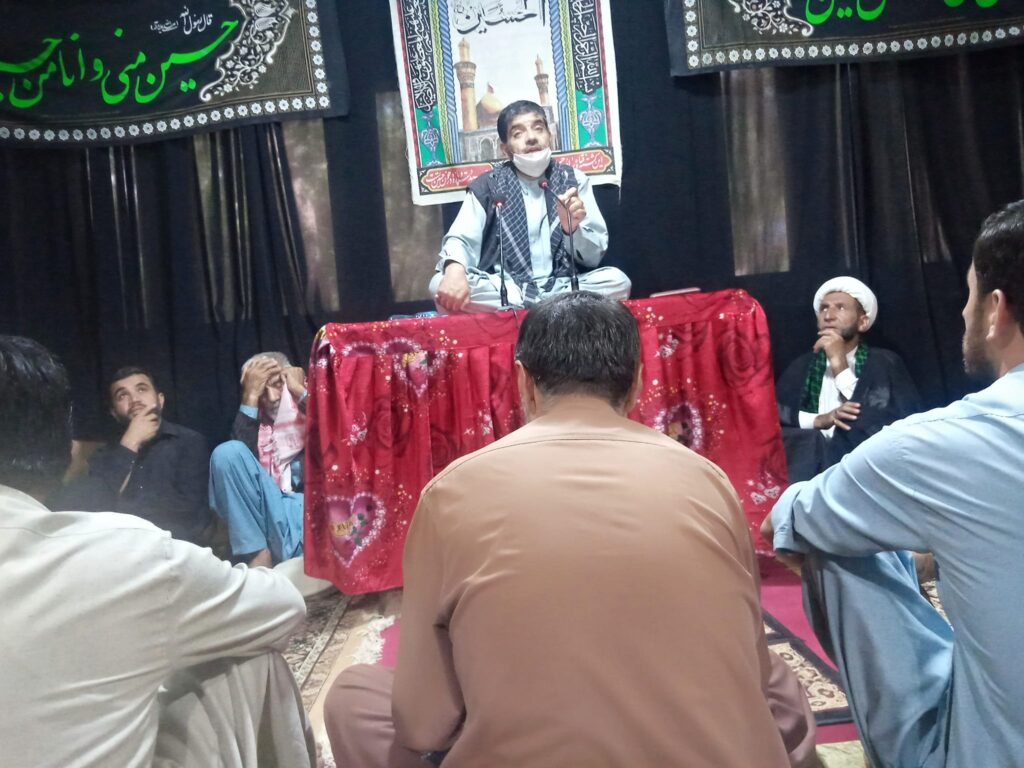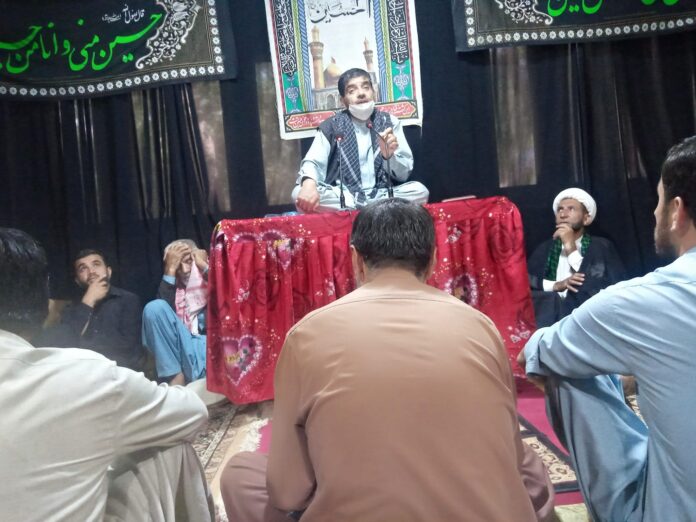



Muharram is a significant month in the Islamic calendar, particularly for Shia Muslims around the world. In Gilgit-Baltistan, Pakistan, the observance of Muharram holds immense religious and cultural importance. This article sheds light on the religious events that take place during Muharram and Safar in Gilgit-Baltistan, focusing on the Shia Majlis, Jaloos, Nohay, and Madamdari. Additionally, we will explore the presence of Shia Muslims in Pakistan, with a particular emphasis on their community in the picturesque region of Hunza.
- Muharram and Safar in Gilgit-Baltistan:
Muharram marks the beginning of the Islamic lunar calendar and is considered a month of mourning for Shia Muslims. The commemoration centers around the martyrdom of Imam Hussein, the grandson of Prophet Muhammad, who was tragically killed in the Battle of Karbala in 680 AD. In Gilgit-Baltistan, this period is observed with deep reverence, and various religious events are organized to honor the sacrifices made by Imam Hussein and his followers.
- Shia Majlis:
During Muharram, the most significant religious gatherings are known as Majlis. These gatherings take place in mosques and imambargahs (Shia community centers) and involve recitations of elegies, poetry, and sermons highlighting the events of Karbala. Scholars deliver speeches focusing on the values of sacrifice, justice, and standing up against oppression. The Majlis serves as a platform for the community to come together in remembrance and spiritual reflection.
- Jaloos:
Jaloos, also known as processions, are an integral part of Muharram observance in Gilgit-Baltistan. These processions involve mourners marching through the streets while carrying symbolic replicas of the shrines of Imam Hussein and his companions. The atmosphere is somber and sorrowful, with participants dressed in black and reciting Nohay (elegies) expressing their grief and devotion. Jaloos provide a way for the Shia community to publicly demonstrate their faith and express their unity.
- Nohay:
Nohay are poetic elegies recited during Muharram to commemorate the martyrdom of Imam Hussein and his companions. These emotional verses highlight the events of Karbala and the suffering endured by the martyrs. Nohay evoke a profound sense of grief and empathy among listeners, serving as a reminder of the values of sacrifice and righteousness.
- Madamdari:
Madamdari, also known as “latmiyah,” is a unique form of spiritual expression observed during Muharram. Participants engage in a rhythmic swaying or beating of the chest in a symbolic representation of mourning. Madamdari is deeply ingrained in the Shia culture and allows participants to emotionally connect with the pain and suffering of Imam Hussein and his family.
- Shia Muslims in Pakistan and Hunza:
Pakistan is home to a significant population of Shia Muslims, who make up a substantial minority within the country. The Shia community has a rich history and plays a vital role in the cultural and religious diversity of Pakistan.
In the picturesque region of Hunza, situated in Gilgit-Baltistan, Shia Muslims form a substantial part of the local population. The serene valleys of Hunza have been a hub of Shia culture for centuries, and the community here takes great pride in preserving their traditions and rituals associated with Muharram.
Conclusion:
Muharram in Gilgit-Baltistan is a period of solemnity and spiritual reflection for the Shia community. The events and gatherings during this month serve to strengthen communal bonds, remind people of the values of sacrifice and justice, and reiterate the significance of standing up against oppression. The devotion and reverence displayed during Muharram and Safar in Gilgit-Baltistan reflect the profound impact of the events of Karbala on the lives of Shia Muslims in Pakistan and particularly in the enchanting region of Hunza.

